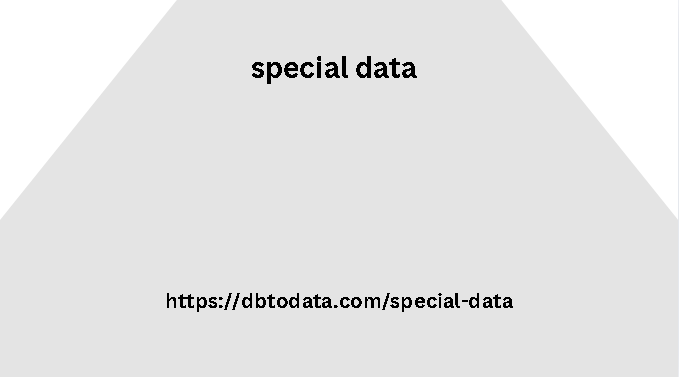Take Gov Loop’s quiz to find out five ways you’re an avoider, collaborator, or co-worker. Why geography matters now more than everI believe geographic thinking is central to solving some of the most complex problems. The advent of spatial technology has automated spatial problem solving. One of the most fundamental changes this technology has brought is that it has brought geographic principles to the forefront of how we think about problems.
Spatial-based problem solving has
Huge untapped potential in solving some of society’s most complex problems. This shift is what I call the “spatial renaissance.” Why maps? Why does the world need great maps? Simple. Our place in the world and what surrounds us is critical. This principle has been true since people etched maps on cave walls to communicate their whereabouts as they traversed the terrain.
Maps are a construct of artistic and scientific
Principles that seem to contain a universal language that transcends linguistic and geographic barriers, and are a tool for communication across ig database cultures and languages. The Space Renaissance Over the past 40 years, we have developed the ability to abstract geography into digital maps in computers. This ability has changed the way people think about and interact with the world around them. This “space renaissance” has changed the way we do business.
The way we interact with each other
As individuals, and the way science/policy agendas a commitment to understanding its market are set around the world. Entire industries have been built around this fundamental shift in technology. As a result, we are seeing a time of discovery. While previous centuries used cartography and spatial reasoning to understand our planet, we are using these concepts to explore and analyze things at a different scale and detail.
The consumerization of aerial and satellite
imagery and the use of vector-based geographic data has allowed us to develop accurate and very precise representations of environments and behaviors. Space Smog Today, nearly every aspect of our lives contains some kind of rich data mapping tool. Whether it’s location-based weather services or finding available parking spots, the expectation is that information is communicated through maps. Furthermore, the spatial smog we generate from our various mobile devices is spatial in nature.

